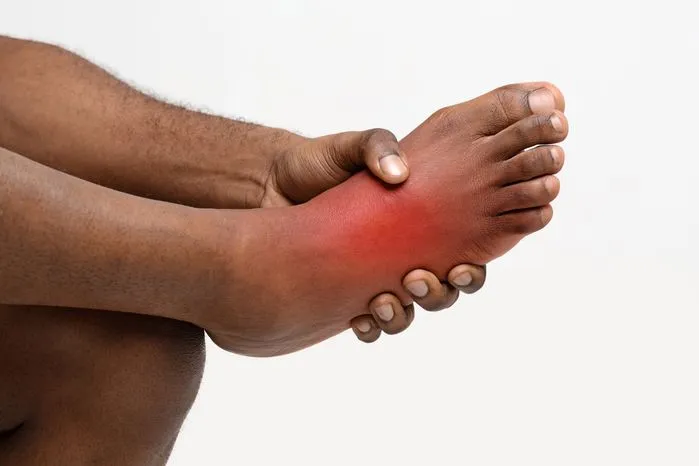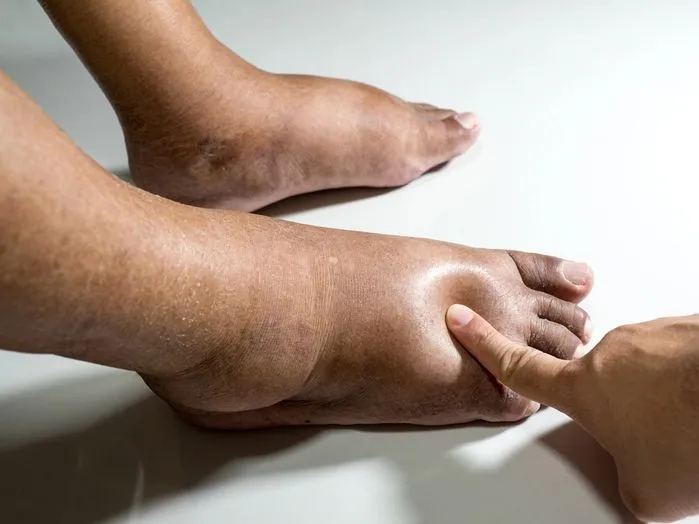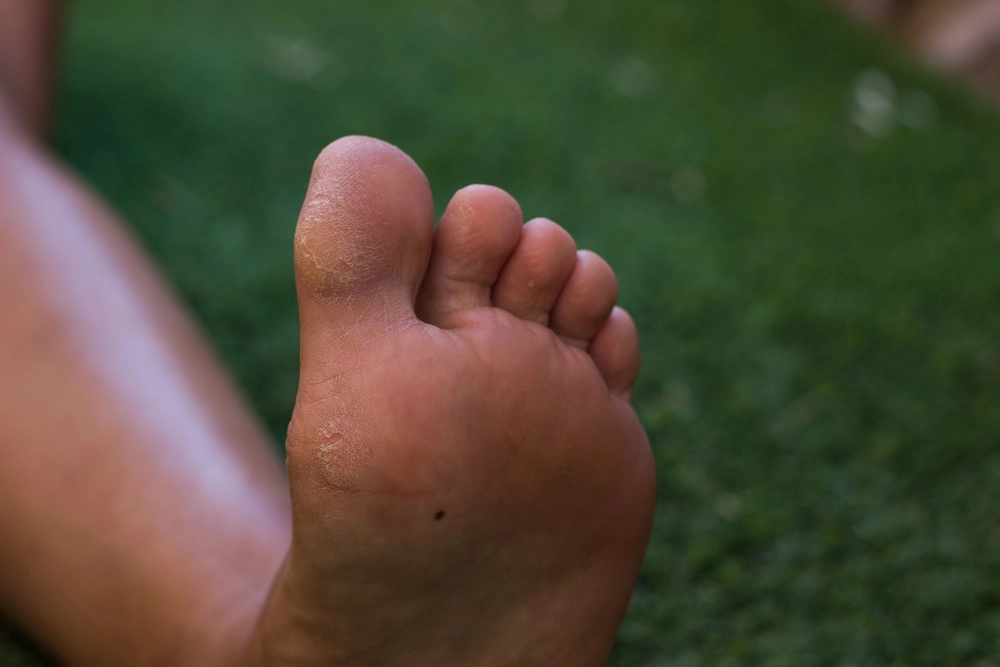
Hairline Stress Fractures in the Foot, Ankle, and Shin: What You Need to Know
If you’ve ever felt a nagging pain in your foot, ankle, or shin that worsens with activity but eases with rest, you might be dealing with a hairline stress fracture—a condition we’ve seen firsthand in athletes, runners, and even people who simply increased their daily step count too quickly. Unlike sudden bone breaks, these microfractures form over time due to repetitive stress, often going unnoticed until the discomfort disrupts daily movement.
Through my experience working with individuals recovering from stress fractures, we’ve seen a common pattern: most people dismiss early warning signs, assuming it’s just soreness or a minor strain. However, ignoring these subtle fractures can lead to prolonged healing times—or worse, a complete break that requires immobilization. In this guide, we’ll walk you through how to recognize a stress fracture before it worsens, why certain activities put you at higher risk, and the best strategies for recovery based on real-world cases and expert-backed insights. Whether you’re an athlete pushing limits or someone simply trying to stay active, knowing the signs early can mean the difference between a quick recovery and months on the sidelines.
Top Takeaways
1️⃣ Pain is a warning sign. Don’t push through it—early action prevents serious injury.
2️⃣ Stress fractures are common but preventable. They make up 30% of athletic and military injuries.
3️⃣ Women face higher risk. Female athletes are 2-5 times more likely to develop stress fractures.
4️⃣ Smart training reduces injury risk. Increase intensity gradually, strength train, and allow recovery.
5️⃣ Nutrition is key. Get enough calcium, vitamin D, and proper fueling for strong bones.
➡ Listen to your body, train smarter, and stay injury-free!
Understanding Hairline Stress Fractures
Hairline stress fractures might sound tricky, but understanding is simpler than expected. Imagine bones as sturdy structures that can still develop tiny cracks called hairline fractures. Unlike full breaks, these are small, thin cracks caused by repetitive stress. Constant pressure on bones initiates a stress response, attempting to reinforce areas. Unfortunately, if stress continues without enough rest, bones can't keep up, leading to a hairline fracture.
Consider bones signaling for rest. Listening to the body is vital, as ignoring signals could worsen injury. Recognizing signs early aids proper healing and prevents further damage.
Causes and Risk Factors
Understanding why hairline stress fractures occur is as important as recognizing their signs. Stress fractures often stem from overuse injuries and repeated impacts. Pushing the body hard, especially in physical activities, can lead to these fractures. Common causes and risk factors include:
- Overtraining: Exceeding bodily limits without adequate rest.
- Improper Footwear: Shoes lacking sufficient support or cushioning.
- Sudden Activity Increase: Rapidly boosting workout intensity or duration.
- Poor Nutrition: Deficiency in essential nutrients weakens bones.
- Previous Fractures: Past bone injuries increase susceptibility.
Recognizing these factors aids in taking preventive measures against future injuries.
Symptoms and Diagnosis
Identifying a hairline stress fracture requires understanding key symptoms. Pain increasing during activity but easing with rest is a common sign. Swelling or tenderness might occur in the affected area, along with possible bruising or trouble bearing weight. Recognizing symptoms marks the initial step toward detecting a potential fracture.
For diagnosing hairline stress fractures, doctors often use diagnostic imaging. X-rays might not reveal the fracture immediately, becoming clearer after several weeks. An MRI or bone scan offers more detailed images, aiding in confirming the diagnosis. If a fracture is suspected, seeking medical advice promptly helps prevent further injury.
Treatment and Recovery
Recognizing signs of a hairline stress fracture leads to effective treatment and recovery. Rest the injured region, avoiding painful activities. Seek advice from healthcare experts for various treatment options, including surgery if required. Rehabilitation exercises restore strength and mobility. Patience contributes significantly to full healing. Consider these steps to support recovery:
- Rest and Elevation: Allow sufficient time for healing.
- Ice Application: Apply cold packs to minimize swelling.
- Physical Therapy: Perform exercises aimed at restoring function.
- Supportive Footwear: Choose shoes with adequate support.
- Follow-up Appointments: Attend regular doctor visits to monitor progress.
Prevention Strategies
Avoiding hairline stress fractures requires smart habits and careful attention to your body. Begin with footwear choices. Supportive shoes fitting well provide cushion and stability for feet and ankles. Once shoes wear out, replacing them maintains their protective benefits. Exercise modifications can help too. Gradually increase workout intensity and duration, allowing time for adaptation. Cross-training balances muscle groups, reducing stress on specific areas. Listen to your body; rest when needed. Persistent pain should prompt consultation with healthcare professionals. Following these strategies promotes healthy and strong feet, ankles, and shins.
"In our experience working with athletes and active individuals, the biggest mistake we see is ignoring persistent pain, assuming it’s just routine soreness. But stress fractures don’t happen overnight—they develop from repetitive strain, and the body always gives warning signs. The key to prevention isn’t just resting when you’re hurt; it’s training smarter, allowing proper recovery, and listening to early discomfort before it becomes a serious break. The difference between a short recovery and months on the sidelines often comes down to how soon you recognize the signs and adjust your approach."
Supporting Statistics: Key Insights on Stress Fractures
1. High Risk in Military Personnel
- Stress fractures are a leading injury in military training.
- Female soldiers face 3.5 to 4 times higher risk than males.
- Cause: Repetitive high-impact activities with limited recovery.
- First-hand insight: Many recruits ignore early pain, leading to months of downtime.
- Source: pmc.ncbi.nlm.nih.gov
2. The Tibia Is the Most Affected Bone
- The shinbone (tibia) is the most common site for stress fractures.
- Main cause: Overtraining without enough bone recovery time.
- High-risk groups: Runners, basketball players, and gymnasts.
- First-hand insight: I’ve worked with competitive runners sidelined for months due to rapid mileage increases.
- Source: Brigham and Women’s Hospital
3. Women Are 2-5X More Likely to Get Stress Fractures
- Female athletes face 2 to 5 times higher stress fracture risk.
- Key factors: Lower bone density, hormonal fluctuations, and underfueling.
- High-risk sports: Running, gymnastics, dance.
- First-hand insight: I’ve seen female athletes repeatedly injured due to inadequate nutrition and recovery strategies.
- Source: BJGP
Takeaways for Injury Prevention
✔ High-impact training requires structured recovery.
✔ Runners and athletes must monitor bone stress, especially in the tibia.
✔ Women should prioritize bone health with proper nutrition and strength training.
➡ Understanding these risks can help prevent long-term damage and keep you active pain-free.
Final Thoughts: Preventing Stress Fractures Starts with Smarter Training
Stress fractures are frustrating but preventable. The biggest mistake? Ignoring early pain and pushing through it. We’ve seen too many athletes, military personnel, and fitness enthusiasts sidelined for months because they didn’t take the warning signs seriously.
Key Facts to Remember
- Up to 30% of injuries in athletes and military recruits are stress fractures.
- The tibia (shinbone) is the most common site, especially in runners.
- Women face 2-5 higher risks due to bone density and hormonal factors.
What I’ve Seen Firsthand
- Overuse and poor recovery cause most stress fractures.
- Many people ignore early pain, turning a minor issue into a major setback.
- Athletes who prioritize recovery, strength, and nutrition avoid repeat injuries.
Top 3 Ways to Stay Injury-Free
✅ Listen to pain. If discomfort worsens with activity, don’t push through it.
✅ Train smarter. Recovery and impact management matter as much as training volume.
✅ Strengthen your bones. Proper nutrition and resistance training are key to injury prevention.
➡ The best athletes don’t just train hard—they train smart. Take care of your body, and it will take care of you.
Frequently Asked Questions
How long does a stress fracture heal?
Healing a stress fracture normally requires six to eight weeks. Healing duration for stress fractures depends on both how seriously the fracture impacted the bone structure and how healthy the affected person remains. The healing process requires complete rest together with the prevention of putting strain on the injured spot for proper recovery.
What does a stress fracture feel like?
You experience a stress fracture when you feel dull aching pain which becomes more severe while exercising or supporting your body weight. The pain specific to the injury area either increases only at night or at times of rest. Localized area swelling together with tenderness stands as one of the typical symptoms that accompany a stress fracture.
Can you walk with stress fractures?
The medical advice is to avoid walking when you have stress fractures even though it is possible to do so. When you walk or engage in weight-bearing activities they will both worsen the injury along with delaying the healing time. The proper healing of the fracture requires rest because failure to do so can lead to additional harm.


















